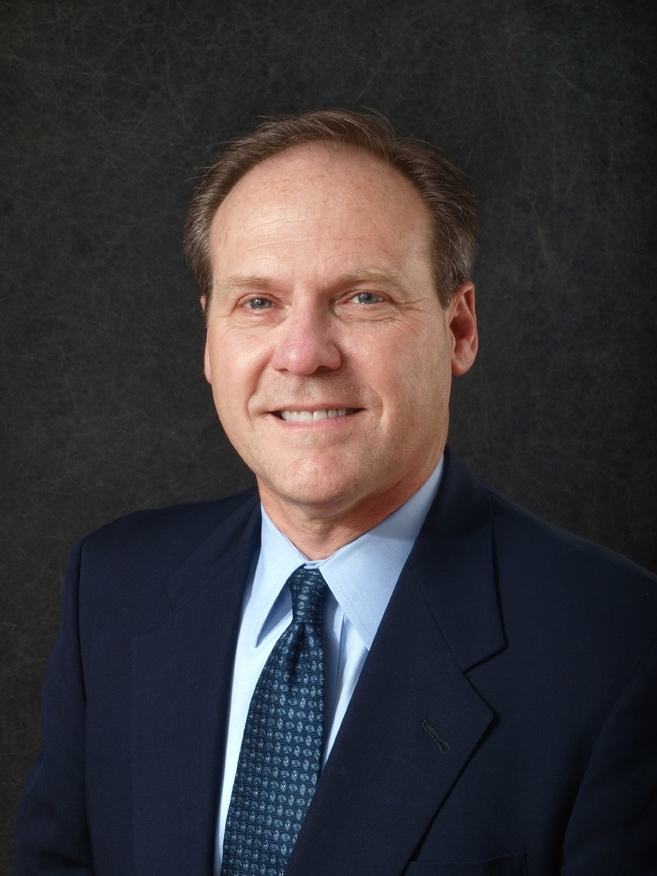 Tell us about Vesselon’s microbubble.
Tell us about Vesselon’s microbubble.
Our microbubble is a perflexane lipid microsphere. The product was developed contemporaneously with the other FDA-approved microbubbles and was approved by the FDA under the name of “Imagent” as a diagnostic imaging/contrast microbubble for echocardiography. Vesselon is further developing it as a therapeutic drug for many other tissue applications, so we will likely re-brand it with a therapeutic name. Vesselon was founded to take microbubble technology from a diagnostic tool to a therapeutic agent. Often this field is focused on the ultrasound component – no pun intended – of the mechanism, whereas it is often microbubble-mediated as the key enabling technology. Highly focused ultrasound is not even necessary in solid tumors outside the brain, so the benefit is a low barrier to adoption with diagnostic ultrasound systems that most hospitals already own.
Is your microbubble similar to others?
It has a distinct design and significant engineering benefits that we believe will be demonstrated in clinical trials. It is not currently in production, so we are carefully choosing high-importance unmet needs to work with select groups within the research community at this time.
 How was the company started? How did you get involved in starting or joining the company? Tell us about your company structure: ownership, lead executives, and their roles.
How was the company started? How did you get involved in starting or joining the company? Tell us about your company structure: ownership, lead executives, and their roles.
My colleague Rhodemann Li is a serial entrepreneur. He founded Vesselon in 2012 to commercialize intellectual property from different universities and came across, and then acquired, rights to drug delivery technology using microbubbles. We are a therapeutic company gearing up for clinical trials and based in Norwalk, Connecticut. I have a background in ultrasound, including working at Acuson. I am the President and CEO and Rhodemann is Executive VP for Strategy and Finance.
What are your most notable milestones to date?
- We acquired an FDA-approved microbubble, Imagent®, for which we are seeking new therapeutic indications, initially in oncology and immuno-oncology, with the potential for use to treat neurodegenerative, rare and orphan, cardiology, infectious disease and other serious diseases.
- We have a worldwide exclusive license to technology from Columbia University’s Ultrasound and Elasticity Imaging Laboratory to help carry drugs across tissue interfaces. They are a leading researcher in using microbubbles to open tissues, including extensive work safely crossing the BBB, and we have licensed a proprietary patent portfolio for doing so.
- Vesselon has a worldwide exclusive license to technology from Temple University for the site specific delivery of therapeutic agents using viruses encapsulated in microbubbles. This method and composition intellectual property would benefit patients by reducing an adverse immunogenic response and allowing an efficient viral gene delivery only to the targeted tissue to be accomplished through a standard intravenous administration without the need for an invasive intratumoral injection. This approach shows great promise for advancing viral delivery of gene therapy. The microbubble protects the virus particles from the immune system as they travel to the target. Cavitation then creates the sonoporation effect that allows the virus to be released and then permeate into the tumor.
- The next major milestone is filing a New Drug Application to begin clinical testing with our proprietary microbubble/drug complexes.
What are some of the technical challenges your company has had to overcome?
There are a number of challenges implicit in a clinical rollout. We will need to demonstrate appropriate settings for the diagnostic ultrasound, and we are developing the optimal settings for drug deposition and increased tissue permeability.
Which clinical indications is Vesselon interested in pursuing?
We are interested in a number of indications and potential clinical targets. Our three basics tenants are that our microbubble 1) protects the therapeutic agent while in circulation; 2) deposits the agent at the target; and 3) uses optimized sonoporation to amplify the dosage at the target.
We are also interested in viruses, proteins, monoclonal antibodies, and nucleic acids to improve biodistribution of immunotherapy drugs. We believe that our product can be useful for monotherapy, or combining chemotherapy with immunotherapy.
What challenges do you have to tackle moving forward?
Having a broad technology platform presents challenges in focusing our energy on the most impactful clinical needs and all the necessary activities to pursue them. As we prepare to move our therapeutic candidates into the clinic, some of our challenges include completing the necessary preclinical and regulatory work and then embarking on clinical trials for several target indications.
Do you partner with other companies?
Yes, we intend to and are seeking strategic partnerships with pharmaceutical companies that have a drug that needs better protection or biodistribution, or both. We are currently in discussions with a number of potential pharmaceutical partners to match their therapeutic agents with our platform.
Is there anything else we should know about your company?
We are hoping to develop better awareness within the focused ultrasound community of the enabling position that microbubbles have to solve numerous significant clinical problems.
